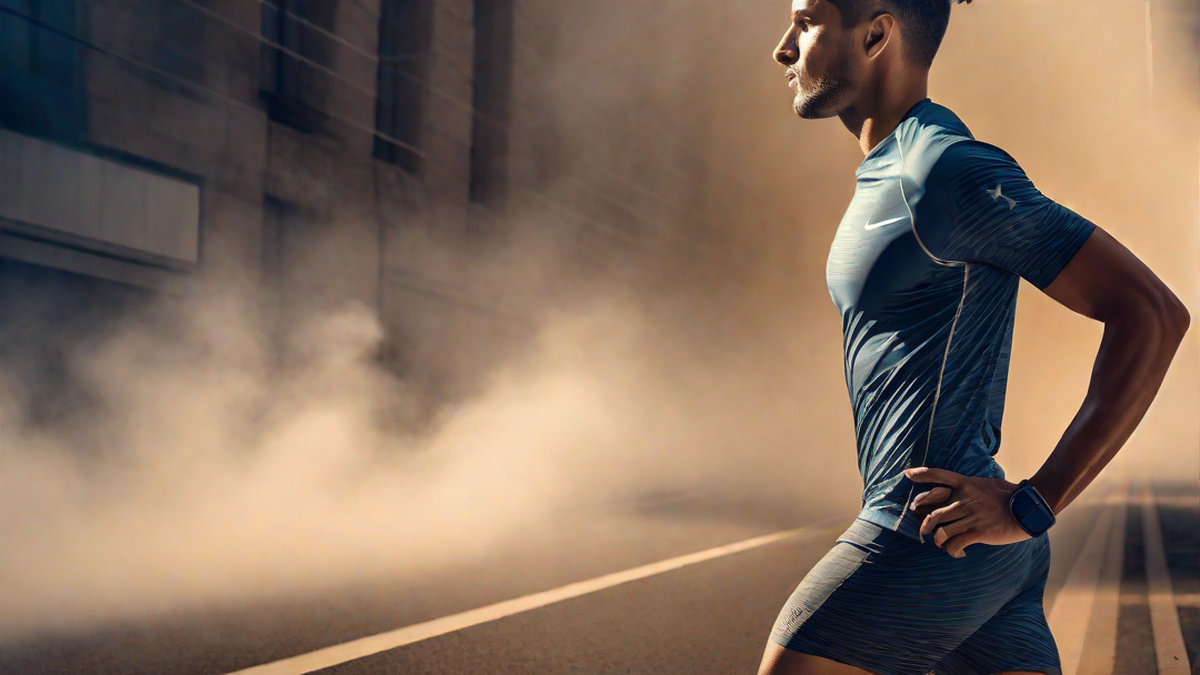When it comes to running, one of the most important factors to consider is what to wear. The right running attire can make all the difference in your performance and overall comfort. As an avid runner, I’ve learned a thing or two about choosing the perfect running outfit. In this article, I’ll share my personal insights and delve deep into the details of what you should wear when hitting the pavement.
The Importance of Proper Running Attire
Before we dive into the specifics, it’s crucial to understand why proper running attire matters. Wearing the right gear can enhance your performance, protect you from injuries, and make your run more enjoyable.
Firstly, wearing moisture-wicking clothing is essential. Moisture-wicking fabrics, such as polyester or nylon blends, are designed to pull sweat away from your body, keeping you dry and comfortable throughout your run. This feature is especially important during intense workouts or hot weather conditions.
Secondly, wearing the right shoes is crucial. Investing in a good pair of running shoes that offer proper support and cushioning can prevent common running injuries like shin splints, plantar fasciitis, and knee pain. Visit a specialty running store to get fitted for the perfect pair of shoes that suits your foot type and running style.
Choosing the Right Clothing
Now let’s talk about the specifics of what you should wear when running. Here are some key factors to consider:
1. Comfortable Tops
Opt for lightweight and breathable tops made from moisture-wicking materials. Look for features like mesh panels or built-in ventilation to enhance airflow. Sleeveless or short-sleeved tops are great for warm weather, while long-sleeved options provide extra warmth during cooler months.
2. Supportive Sports Bras
Ladies, a good sports bra is a must! Choose a sports bra that offers proper support and fits you well. Look for adjustable straps and a wide band for maximum comfort and minimal bounce during your run.
3. Proper Bottoms
When it comes to bottoms, opt for breathable and moisture-wicking shorts or leggings. Make sure they provide enough freedom of movement without being too tight or restrictive. Look for options with a built-in liner to prevent chafing.
4. Socks and Shoes
Invest in high-quality running socks that provide cushioning and moisture-wicking properties. Avoid cotton socks as they can cause blisters and discomfort. When it comes to shoes, choose a pair that suits your foot type and running style. Replace your running shoes regularly to ensure optimal support and cushioning.
Accessories and Extras
In addition to the basic running attire, there are a few accessories and extras that can enhance your running experience:
1. Hat or Visor
A hat or visor can protect your face from the sun and help keep sweat out of your eyes. Look for options with moisture-wicking properties and a lightweight design.
2. Sunglasses
Invest in a pair of sports sunglasses with UV protection to shield your eyes from the sun’s harmful rays. Look for lightweight and shatterproof options that won’t impede your vision.
3. Reflective Gear
If you’re running in low-light conditions, it’s crucial to wear reflective gear to increase your visibility. Consider wearing a reflective vest, armbands, or a headlamp to ensure your safety.
Conclusion
Choosing the right running attire can significantly enhance your running experience. Always prioritize comfort, breathability, and moisture-wicking properties when selecting your running gear. Don’t forget to invest in a good pair of running shoes that offer proper support. With the right attire, you’ll be able to run with confidence, comfort, and style!

